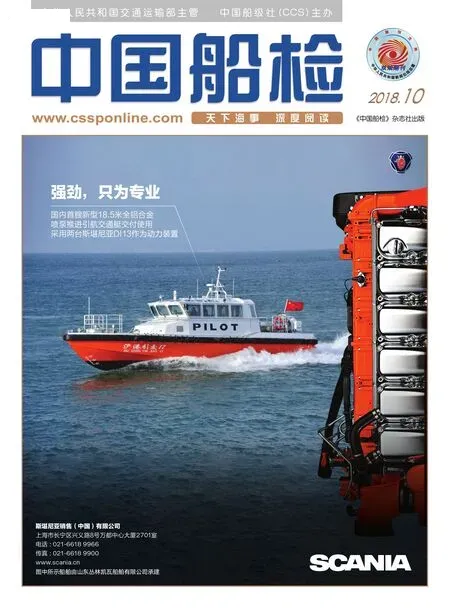The market logic of LNG carrier boom
Reporter Zhao Bo

As of August 20, 38 LNG carriers have been delivered this year (including 4 floating regasification storage units <FSRU> and LNG bunkers <STS>). In addition, 25 LNG carriers will be completed and delivered by the end of this year if everything is on schedule. The annual delivery volume is 63, which is roughly equivalent to the release of one LNG carrier every 140 hours. In addition, statistics shows that at present, the number of new orders for LNG carriers is 43, and the delivery volume will reach 43 and 45 respectively in the next two years. From the aspects of delivery volume, completion speed and orders, the shipyards are very busy.
The key factor behind the shipyard's busy schedule is the owner's enthusiasm for the LNG carrier. The owner's enthusiasm is based on the observation and judgment of the LNG market demand
According to public information, there were 466 LNG carriers in service worldwide in 2017. In view of the peak of order and delivery in the next two years, Delury predicts that the fl eet of LNG carriers will reach 600 in 2020. The rapid growth of import demand and potential export dynamism is one reason for the new shipbuilding market peak. The other important inducing factors are the reduction of new shipbuilding costs and the shipowners' longing for high prof i ts.
Energy consultancy Wood Mackenzie pointed out in a report that in addition to the growth in global LNG shipping demand, the relative low construction price of LNG carriers has also promoted the new shipbuilding market . At present, the average cost of a highly technical 170,000-cubic-meter LNG carrier is about $180 million, which is about 10% lower than the price of a new building three years ago, which is more than $200 million. The development of ship design and technology also make the new LNG carrier more efficient and durable, and the current introduction of the gas injection slow engine techniques makes the ship delivered three or four years ago a bit outdated.
As the new shipbuilding price is at a low level and the market demand is rising, it is considered a good choice to invest in the LNG carrier market. Greek ship owners have ordered a total of 20 LNG carriers this year. Among them, Minerva Maritime and the Capital Gas Carrier affiliated with Evangelos Marinakis enter the LNG carrier market for the fi rst time.
Ship owners increasing investment enthusiasm and volume in the LNG carrier market is also due to the recent increase in the rent in the spot market.
Yan Hai said: "In the fi rst half of this year, the average rent of LNG carriers with a capacity of 170,000 cubic meters in the spot market has risen from about $54,000/day at the beginning of the year to about $80,000/day or higher. The increase in the fi rst half of the year is nearly by 50%, and the daily rent is the highest in fi ve years. At the same time,the higher spot market ship rent reflects the immediate demand of the trader for the capacity, and this immediate demand may drive the long-term demand of the industry.
According to Delury, the global LNG trade volume will continue to rise steadily in the next fi ve years. By 2022,the total trade volume will reach 355 million tons. Traders or ship owners are reluctant to see the shortage of capacity when the future peak season arrives."
For the reason of fluctuations in spot market rent, the aforementioned analyst who is not willing to be named believe that: “The huge demand for LNG in China and other Asian countries has increased the spot market price of LNG carriers, and the LNG premium in Asia and the US has led to more trans-ocean transportation, increasing average range distance and further absorbing the available capacity in the market. The change in supply and demand led to an increase in spot market rents.” In her view, the upcoming winter season will also bring ship owners higher returns. “Because of this, the LNG carrier market has experienced a decline in long-term purchase and sales agreements in the short term, and the purchase and sale agreements are shifting towards short-term and spot purchases.”
However, there are still considerable risks in ordering too many new ships. After all, the moment the shipping market experienced ten years ago is still stinging the heart of the industry. As mentioned earlier, in 2018,63LNG carriers are expected to be delivered, and so far only three LNG carriers have been dismantled. If there is no deferred delivery and the amount of dismantling remains unchanged, the LNG carrier's capacity will increase by 13%, far exceeding the 6.8% growth rate last year. It should also be emphasized that although about 114 million tons of LNG projects are put into development every year, these projects will not be introduced to the market until 2025. If the number of new buildings continues to be high, the prospect of LNG carrier market will be unclear.

